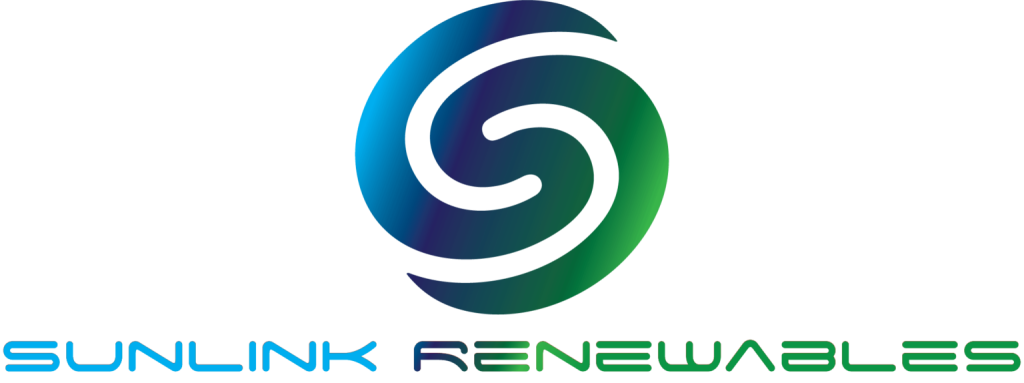Powerwall 3: When It Makes Sense and When It Doesn’t
Powerwall 3: When It Makes Sense and When It Doesn’t
The Tesla Powerwall 3 is the latest iteration of Tesla’s innovative home battery system, designed to store energy generated by solar panels or the grid. It is a game-changer in renewable energy technology, but like any product, it has its advantages and limitations.
For homeowners considering the Tesla Powerwall 3 in Australia, this guide will help you understand when it makes sense and when it might not.
When the Tesla Powerwall 3 Makes Sense
Maximising Solar Energy Usage: The Tesla Powerwall 3 in Australia is an excellent way to store excess solar energy generated during the day. This stored energy can power your home during the evening, reducing reliance on the grid and lowering electricity bills.
Backup Power During Outages: Frequent power outages in some Australian regions make the Tesla Powerwall 3 a valuable asset. Its ability to store energy ensures your home remains powered even during grid failures, providing peace of mind in emergencies.
Improved Capacity and Performance: The Tesla Powerwall 3 capacity is larger than its predecessor, making it suitable for homes with higher energy demands. Its advanced lithium-ion technology ensures efficient energy storage and reliable performance, even for large households.
When the Tesla Powerwall 3 May Not Make Sense
High Upfront Costs: The Tesla Powerwall 3 in Australia comes with a significant upfront investment. While it can lead to savings over time, the initial costs may not be justifiable for households with low energy consumption or those without solar panels.
Suitability for Grid-Connected Homes: If you live in an area with stable electricity supply and relatively low energy rates, the economic benefits of installing a Tesla Powerwall 3 may be less compelling.
Size of Storage Needs: Understanding the Tesla Powerwall 3 storage capacity is crucial. While the new model offers improved storage compared to the Powerwall 2, smaller households may find the capacity underutilised. Evaluating your energy consumption patterns is essential before making a decision.
Comparing Tesla Powerwall 2 vs 3
The debate between the Tesla Powerwall 2 vs 3 often comes down to capacity and features. The Powerwall 3 boasts increased storage, better integration with Tesla’s solar products, and improved energy efficiency. However, for some households, the Powerwall 2 may still be sufficient and more cost-effective.
Tesla Powerwall 2
Tesla Powerwall 2 is a fully-integrated AC battery system for residential or light commercial use. Its rechargeable lithium-ion battery pack provides energy storage for solar self-consumption, time-based control, and backup. Powerwall’s electrical interface provides a simple connection to any home or building. Its revolutionary compact design achieves market-leading energy density and is easy to install, enabling owners to quickly realize the benefits of reliable, clean power.
PERFORMANCE SPECIFICATIONS
- Model Numbers: 1092170-xx-y, 2012170-xx-y, 3012170-xx-y
AC Voltage (Nominal): 120/240 V
Feed-In Type : Split Phase
Grid Frequency: 60 Hz
Total Energy: 14 kWh1
Usable Energy: 13.5 kWh1 - Real Power, max continuous : 5 kW (charge and discharge)
Real Power, peak (10s, off-grid/backup): 7 kW (charge and discharge)
Apparent Power, max continuous : 5.8 kVA (charge and discharge)
Apparent Power, peak(10s, off-grid/backup): 7.2 kVA (charge and discharge)
Maximum Continuous Current: 24 A - Maximum Output Fault Current : 70 A
Overcurrent Protection Device : 30 A
Load Start Capability: 88 – 106 A LRA2
Imbalance for Split-Phase Loads : 100% - Power Factor Output Range: +/– 1.0 adjustable
Power Factor Range (full-rated power) : +/– 0.85
Internal Battery DC Voltage : 50 V
Maximum Short-Circuit Current Rating : 10 kA - Round Trip Efficiency : 90%
Warranty: 10 years
MECHANICAL SPECIFICATIONS
- Dimensions: 1150 x 753 x 147 mm (45.3 x 29.6 x 5.75 in)4
- Weight: 114 kg (251.3 lbs)4
- Mounting options: Floor or wall mount
COMPLIANCE INFORMATION
- Certifications: UL 1642, UL 1741, UL 1741 SA, UL 1741 SB, UL 1973,UL 9540, IEEE 1547-2018, UN 38.3
- Grid Connection: Worldwide Compatibility
- Emissions: FCC Part 15 Class B, ICES 003
- Environmental : RoHS Directive 2011/65/EU
- Seismic : AC156, IEEE 693-2005 (high)
- Fire Testing: Meets the unit level performance criteria of UL 9540A
ENVIRONMENTAL SPECIFICATIONS
Operating Temperature : –20°C to 50°C (–4°F to 122°F)5
Operating Humidity (RH): Up to 100%, condensing
Storage Conditions: –20°C to 30°C (–4°F to 86°F) Up to 95% RH, non-condensing, State of Energy (SoE): 25% initial
Maximum Elevation: 3000 m (9843 ft)
Environment : Indoor and outdoor rated
Enclosure Type: NEMA 3R
Ingress Rating: IP67 (Battery & Power Electronics) IP56 (Wiring Compartment)
Wet Location Rating: Yes
Noise Level @ 1m : < 40 dBA at 30°C (86°F)
Key Specifications of the Powerwall 3
The Powerwall 3 specs highlight advancements such as higher energy density, streamlined installation, and compatibility with Tesla’s ecosystem. These improvements make it a solid choice for Australians aiming for a more sustainable lifestyle.
Powerwall 3 is a fully integrated solar and battery system, designed to accelerate the transition to sustainable energy. Customers can receive whole home backup, cost savings, and energy independence by producing and consuming their own energy while participating in grid services. Once installed, customers can manage their system using the Tesla App to customize system behavior to meet their energy goals. Powerwall 3 achieves this by supporting up to 20 kW DC of solar and providing 11.5 kW AC of continuous power per unit. It has the ability to start heavy loads up to 185 A LRA, meaning a single unit can support the power needs of most homes. Powerwall 3 is designed for mass production, fast and efficient installations, easy system expansion, and simple connection to any electrical service.
Powerwall 3 Technical Specifications
System Technical Specifications
Model Number: 1707000-xx-y
Nominal Grid Voltage (Input & Output): 120/240 VAC
Grid Type: Split phase
Frequency: 60 Hz
Overcurrent Protection Device: Configurable up to 60 A
Solar to Battery to Home/Grid Efficiency: 89%
Solar to Home/Grid Efficiency: 97.5%
Supported Islanding Devices: Backup Gateway 2, Backup Switch
Connectivity: Wi-Fi (2.4 and 5 GHz), Dual-port switched Ethernet, Cellular (LTE/4G 4)
Hardware Interface: Dry contact relay, Rapid Shutdown (RSD) certified
switch and 2-pin connector, RS-485 for meters
AC Metering: Revenue Grade (+/- 0.5%)
Protections: Integrated arc fault circuit interrupter (AFCI), Isolation Monitor Interrupter (IMI), PV Rapid Shutdown (RSD) using Tesla Mid-Circuit Interrupters
Customer Interface: Tesla Mobile App
Warranty: 10 years
Solar Technical Specifications
Maximum Solar STC Input: 20 kW
Withstand Voltage: 600 V DC
PV DC Input Voltage Range: 60 — 550 V DC
PV DC MPPT Voltage Range: 150 — 480 V DC
MPPTs: 6
Maximum Current per MPPT (Imp): 13 A 5
Maximum Short Circuit Current per MPPT (Isc): 15 A 5
Battery Technical Specifications
Nominal Battery Energy: 13.5 kWh AC 2
Maximum Continuous Discharge Power: 11.5 kWAC
Maximum Continuous Charge Power: 5 kW AC
Output Power Factor Rating: 0 – 1 (Grid Code configurable)
Maximum Continuous Current: 48 A
Maximum Output Fault Current: 10 kA
Load Start Capability (1 s): 185 A LRA
Power Scalability: Up to 4 Powerwall 3 units supported
Environmental Specifications
Operating Temperature :–20°C to 50°C (–4°F to 122°F) 6
Operating Humidity (RH): Up to 100%, condensing
Storage Temperature: –20°C to 30°C (–4°F to 86°F), up to 95% RH, noncondensing, State of Energy (SOE): 25% initial
Maximum Elevation: 3000 m (9843 ft)
Environment: Indoor and outdoor rated
Enclosure Rating: NEMA 3R
Ingress Rating: IPX7 (Battery & Power Electronics)
IPX5 (Wiring Compartment)
Pollution Rating: PD3
Operating Noise @ 1 m: < 50 db(A) typical <62 db(A) maximum
Compliance Information
Certifications: UL 1642, UL 1699B, UL 1741, UL 1741 SA, UL 1741 SB, UL 3741, UL 1973, UL 1998, UL 9540, IEEE 1547-2018, IEEE 1547.1, UN 38.3
Grid Connection: United States
Emissions: FCC Part 15 Class B
Environmental: RoHS Directive 2011/65/EU
Seismic: AC156, IEEE 693-2005 (high)
Fire Testing: Meets the unit level performance criteria
of UL 9540A
Mechanical Specifications
Dimensions: 1099 x 609 x 193 mm (43.25 x 24 x 7.6 in)
Weight: 130 kg (287 lb)
Mounting Options: Floor or wall mount
Solar Shutdown Device Technical Specifications
Electrical Specifications
Model MCI-1 MCI-2
Nominal Input DC Current Rating (IMP) 12 A 13 A
Maximum Input Short Circuit Current (ISC) 19 A 17 A
Maximum System Voltage (PVHCS) 600 V DC 1000 V DC 7
RSD Module Performance
Maximum Number of Devices per String 5 5
Control Power Line Excitation Power Line Excitation
Passive State Normally Open Normally Open
Maximum Power Consumption 7 W 7 W
Warranty 25 years 25 years
Environmental Specifications
Operating Temperature -40°C to 50°C (-40°F to 122°F) -40°C to 50°C (-40°F to 122°F)
Storage Temperature –30°C to 70°C (–22°F to 158°F) –30°C to 70°C (–22°F to 158°F)
Enclosure Rating NEMA 4X / IP65 NEMA 4X / IP65
Mechanical Specifications
Electrical Connections MC4 Connector
Housing Plastic
Dimensions 125 x 150 x 22 mm (5 x 6 x 1 in)
Weight 350 g (0.77 lb)
Mounting Options ZEP Home Run Clip M4 Screw (#10) M8 Bolt (5/16″) Nail / Wood screw
Compliance Information
Certifications: UL 1741 PVRSE, UL 3741, PVRSA (Photovoltaic Rapid Shutdown Array)
RSD Initiation Method: External System Shutdown Switch or Powerwall 3 Enable Switch
Backup Switch
Performance Specifications
Model Number: 1624171-xx-y
Continuous Load Rating: 200 A, 120/240 V split phase
Maximum Supply Short Circuit: Current 22 kA with breaker 10
Communication: CAN
AC Meter: Revenue accurate (+/- 0.5%)
Expected Service Life: 21 years
Warranty: 10 years
Environmental Specifications
Operating Temperature: –40°C to 50°C (–40°F to 122°F)
Storage Temperature: –40°C to 85°C (–40°F to 185°F)
Enclosure Rating: NEMA 3R
Pollution Rating: PD3
Compliance Information
Safety Standards: USA UL 414, UL 2735, UL 916, CA Prop 65
Emissions: FCC, ICES
Mechanical Specifications
Dimensions: 176 x 205 x 74 mm (6.9 x 8.1 x 2.9 in)
Weight: 2.8 lb
Meter and Socket Compatibility: ANSI Type 2S, ringless or ring type
External Service Interface: Contactor manual override 11 Reset button
Conduit Compatibility: 1/2-inch NPT
Backup Gateway 2
Performance Specifications
Model Number: 1232100-xx-y
AC Voltage (Nominal): 120/240 V
Feed-in Type: Split phase
Grid Frequency: 60 Hz
Current Rating: 200 A
Maximum Supply Short Circuit Current: 10 kA 8
Overcurrent Protection Device: 100 – 200 A, Service entrance rated 9
Overvoltage Category: Category IV
Internal Primary AC Meter: Revenue accurate (+/- 0.2%)
Internal Auxiliary AC Meter: Revenue accurate (+/- 2%)
Primary Connectivity: Ethernet, Wi-Fi
Secondary Connectivity: Cellular (3G, LTE/4G) 10
User Interface: Tesla App
Operating Modes: Support for solar selfconsumption, time-based control, and backup
Backup Transition: Automatic disconnect for seamless backup
Modularity: Supports up to 10 ACcoupled Powerwalls
Optional Internal Panelboard: 200 A 6-space / 12
circuit breakers
Siemens QP or Square
D HOM breakers rated
10 – 80A or Eaton BR
breakers rated 10 – 125A
Warranty: 10 years
Environmental Specifications
Operating Temperature: –20°C to 50°C (–4°F to 122°F)
Operating Humidity (RH): Up to 100%, condensing
Maximum Elevation: 3000 m (9843 ft)
Environment; Indoor and outdoor rated
Enclosure Type: NEMA 3R
Compliance Information
Certifications: UL 67, UL 869A, UL 916, UL 1741 PCS, CSA 22.2 0.19, CSA 22.2 205
Emissions: FCC Part 15, ICES 003
Mechanical Specifications
Dimensions: 660 x 411 x 149 mm (26 x 16 x 6 in)
Weight: 20.4 kg (45 lb)
Mounting options: Wall mount, Semi-flush mount
Tesla Powerwall 3 Reviews and Considerations
The Tesla Powerwall 3 in Australia review indicates that while the product excels in capacity and innovation, its affordability remains a key concern for many households. For those committed to reducing carbon footprints and achieving energy independence, however, the investment often proves worthwhile.
Conclusion
The Tesla Powerwall 3 in Australia offers numerous benefits, from enhancing energy storage to providing backup power. For Australians keen on leveraging solar energy, it represents a step forward in home sustainability. However, it’s vital to weigh its advantages against costs and personal energy needs before committing. For more information on renewable energy solutions, contact SunLink Renewables today.
https://www.solarquotes.com.au/blog/powerwall-3-when-it-makes-sense/
https://www.solarchoice.net.au/wp-content/uploads/Powerwall_3_Datasheet_NA-EN.pdf
Featured News
-
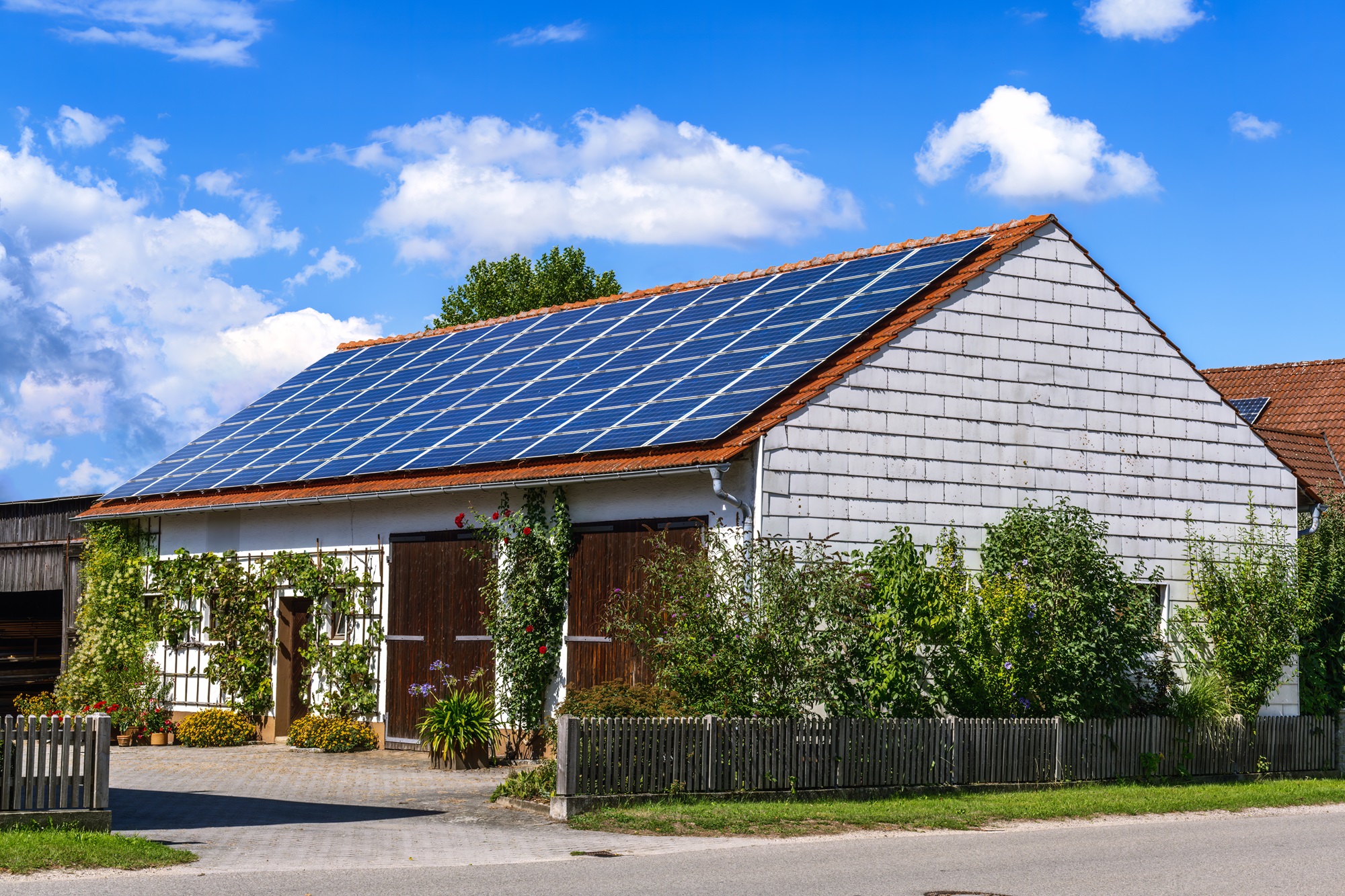 Unlocking Energy Independence: The Power of Home Battery Storage
Unlocking Energy Independence: The Power of Home Battery Storage -
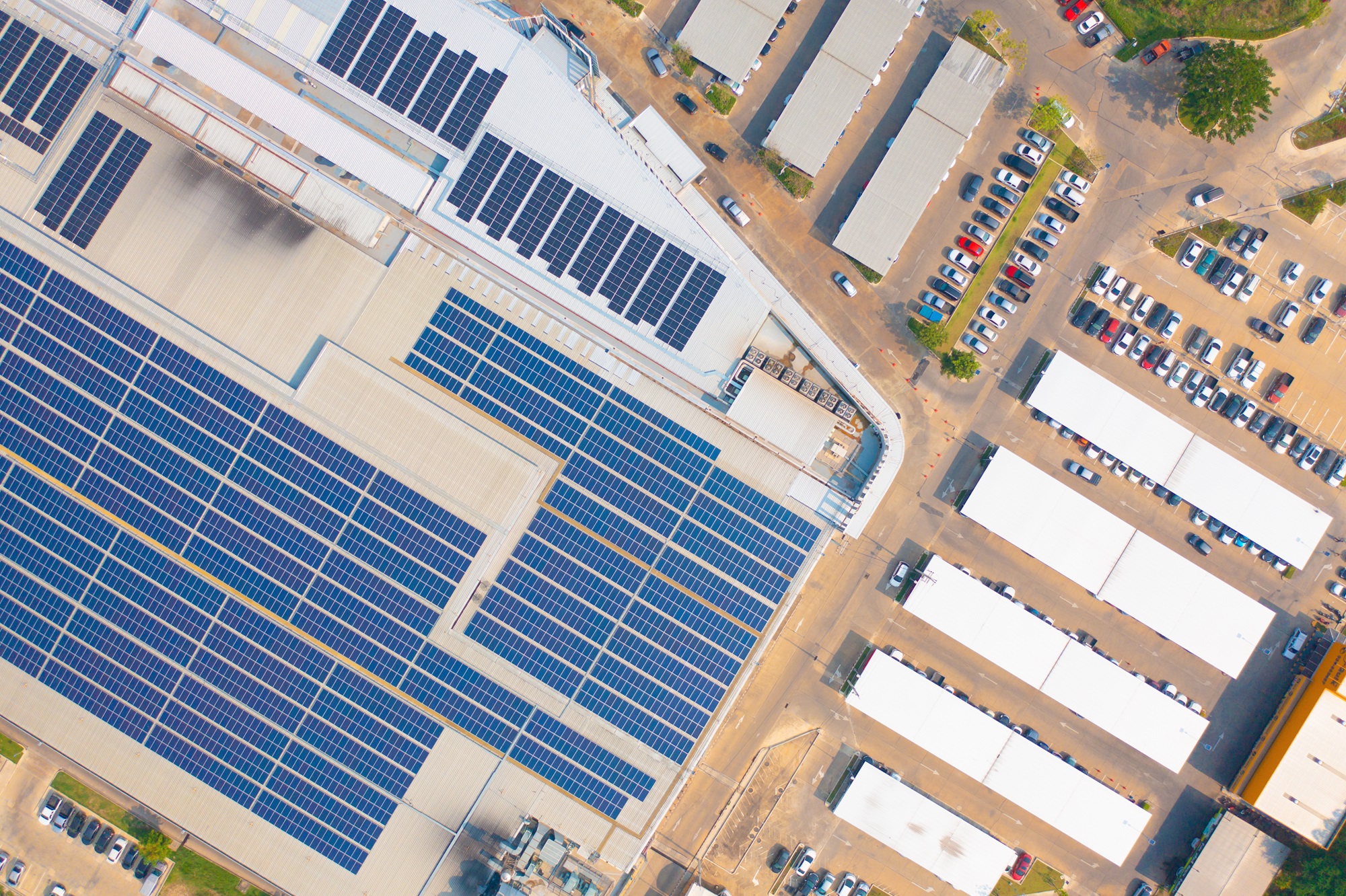 The Impact of Solar Energy Companies on Business Success
The Impact of Solar Energy Companies on Business Success -
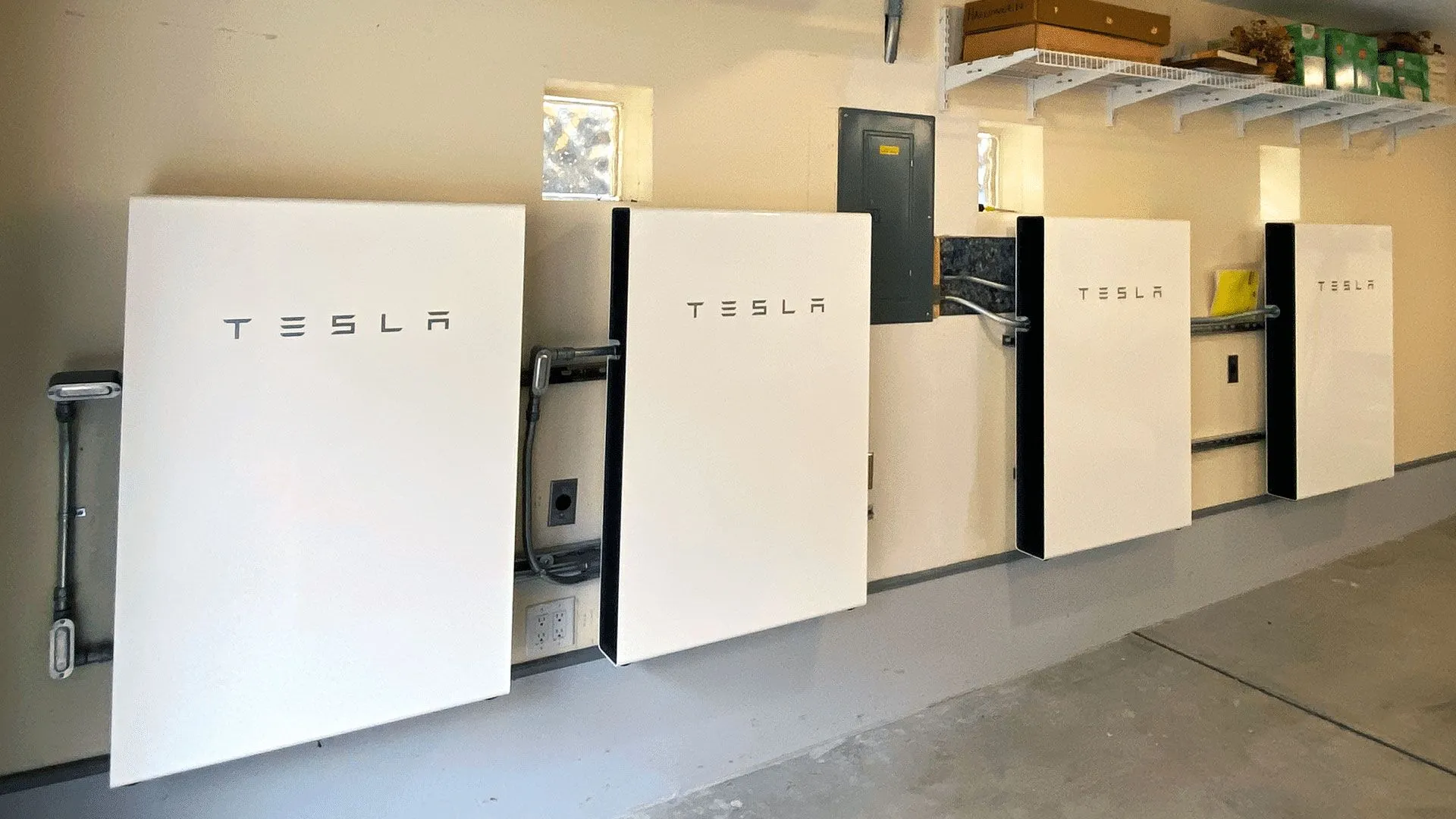 Comprehensive Guide to Tesla Powerwall 3 in Australia
Comprehensive Guide to Tesla Powerwall 3 in Australia -
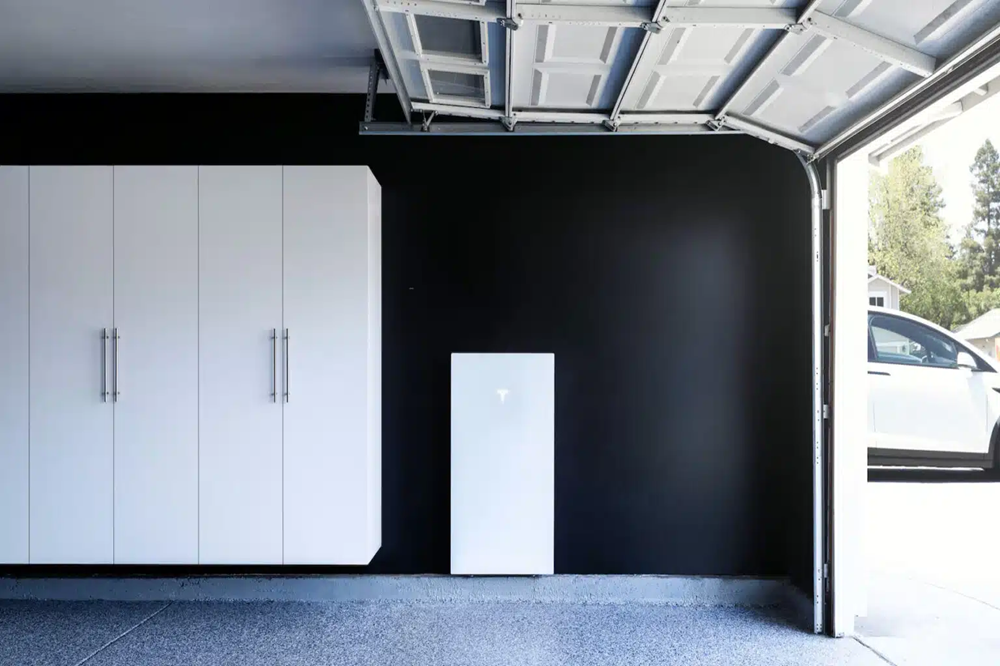 Tesla Powerwall 3 Australia Review: The Next-Generation Energy Storage Solution
Tesla Powerwall 3 Australia Review: The Next-Generation Energy Storage Solution -
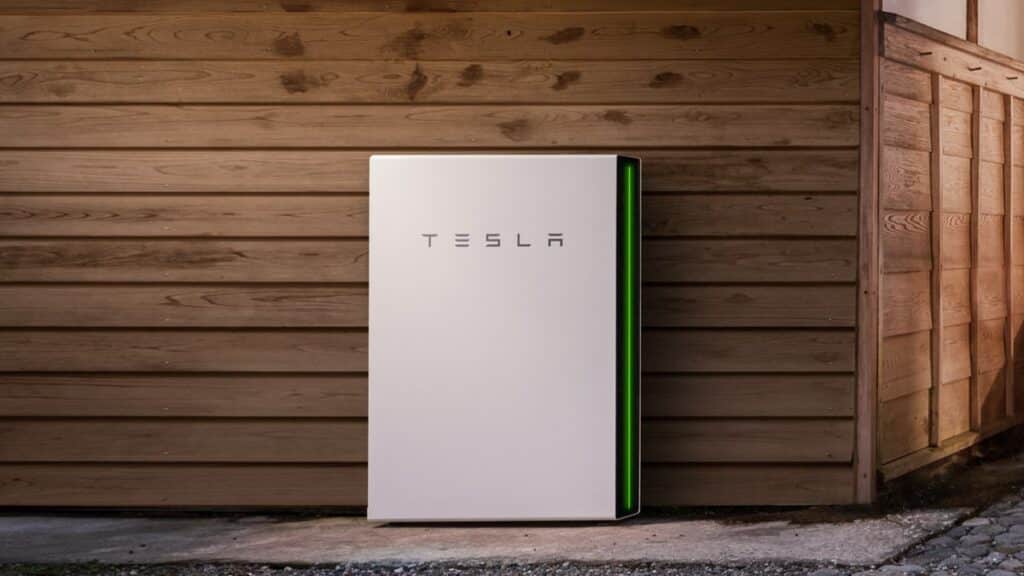 Powerwall 3: When It Makes Sense and When It Doesn’t
Powerwall 3: When It Makes Sense and When It Doesn’t
